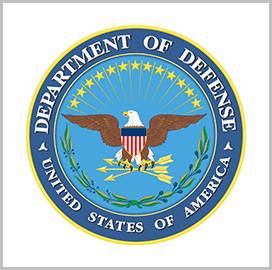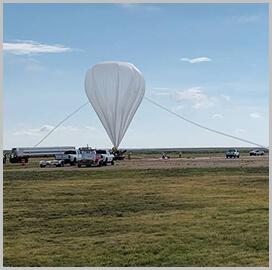
Upgrading legacy planes
Air Force Turns to Open Source Software to Modernize Old Aircraft
Government agencies that remain unsure if open source software is good enough to effectively address their needs for application modernization have been told to take their cue from the U.S. Air Force, which recently used Kubernetes to upgrade the weapons systems on the 65-year old U-2 spy plane. Using artificial intelligence and machine learning, the USAF was quickly able to bring the aircraft’s sensors up-to-date, FedScoop reported Friday.
Nicolas Chaillan, chief software officer for the Air Force, said the service was able to deploy new software services on the aging high-altitude spy plane in less than two weeks. He said the new software was able to receive over-the-air updates, ensuring that abruptly decoupling the upgrades from the hardware would not put the jet or its pilot at risk.
Since the modernized Lockheed U-2‘s successful flight in late 2020, Kubernetes has become the central nervous system of the Air Force’s Platform One initiative. The initiative is currently allowing users to deploy a DevSecOps Software Factory and start solving software problems with a 90 percent solution ready immediately, instead of starting from scratch, Chaillan said.
Using open source software is not without unique challenges, Chaillan said. These range from ensuring the security of open source code to modernizing the way the Department of Defense thinks about managing large programs. The official explained that the Air Force has come to value the Cloud Native Computing Foundation because it paves the way towards the maturity and diversity of contributors.
Chaillan said that just as important as security is the need to move “at the pace of relevance” or to keep up with the latest technological developments. He stressed that the Air Force does not want to waste time or the taxpayers’ money “reinventing the wheel” by adopting outdated systems.

Category: Speaker News




